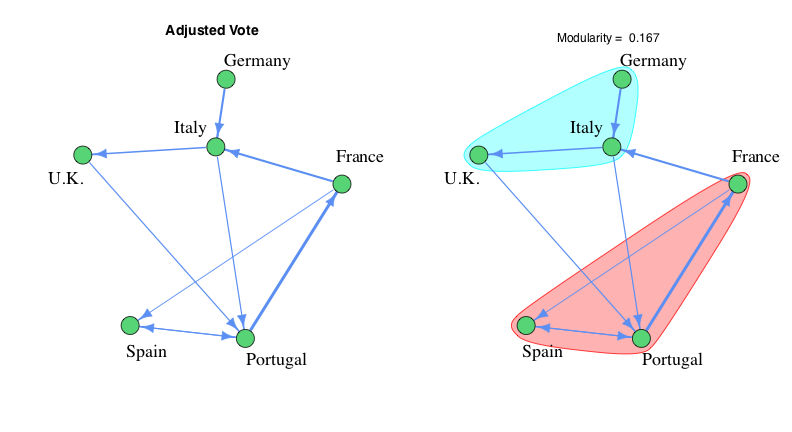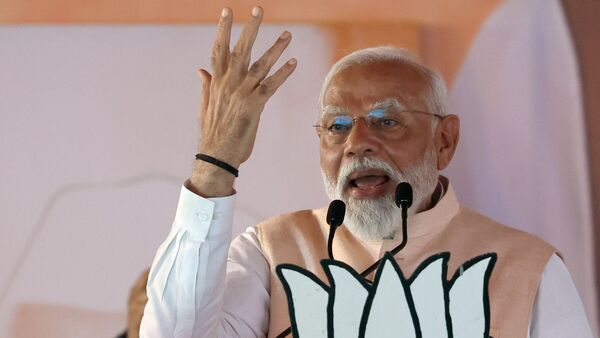A Simple Explanation Of Eurovision's Voting System

Table of Contents
The Two-Part Voting System: Jury and Televoting
The Eurovision voting system is a unique blend of professional opinion and popular choice, comprising two equally important parts: national juries and televoting. This dual approach aims to provide a balanced representation of musical merit and public preference.
-
National Juries: Each participating country appoints a five-person jury, composed of music industry professionals with diverse backgrounds (composers, musicians, singers, etc.). These juries score each performance based on criteria such as vocal performance, song composition, stage presence, and originality. Their scores are kept secret until the live broadcast. The composition of juries and their specific judging criteria are designed to ensure fairness and prevent bias in the Eurovision voting process.
-
Televoting: Viewers in each country can cast their votes via telephone, SMS text messages, or dedicated Eurovision apps. This allows the public to directly influence the outcome, ensuring that the winning song resonates with a broad audience. Security measures are in place to prevent voting fraud and ensure a fair Eurovision voting process.
-
Weighting: Typically, the jury scores and televotes contribute equally (50/50) to the final score, though this can vary slightly from year to year. This weighting system ensures that both expert opinion and popular demand are equally considered in determining the Eurovision winner.
How the Points are Awarded
Once the performances conclude, the scoring begins. Each country awards points to its top 10 favorite songs. This point allocation system adds an extra layer of complexity to the Eurovision voting system.
-
Point Allocation: The point allocation system follows a specific pattern: 12 points for the favorite, 10 points for the second favorite, down to 1 point for the tenth favorite. This ensures a clear ranking within each country's votes.
-
Summing the Scores: The jury and televote points are calculated separately for each participating country. These scores are then added together to reach the final score for that country. The Eurovision voting process emphasizes transparency in this summation.
-
Ties: In the case of a tie in the final scores, the rules prioritize the country that received more televotes.
Understanding the Voting Process – A Step-by-Step Guide
Here's a breakdown of the Eurovision voting process from start to finish:
-
Performances: All participating countries perform their entries.
-
Jury Voting: Once all performances are concluded, each national jury reveals its scores. This reveal is usually presented in a dramatic and suspenseful fashion.
-
Televoting Results: The televoting results are then announced, adding to the excitement and often significantly influencing the final standings.
-
Total Scores: The total scores for each country (jury and televote combined) are calculated and announced, revealing the leaderboard in real-time.
-
Winner Announcement: Finally, the winner is declared, culminating in a joyous celebration for the winning country and a spectacular closing ceremony.
Frequently Asked Questions about the Eurovision Voting System
Let's tackle some frequently asked questions surrounding the Eurovision voting system:
-
Can countries vote for themselves? No, countries cannot vote for their own entry to prevent bias.
-
How are potential voting irregularities handled? The European Broadcasting Union (EBU) has strict rules and monitoring systems in place to detect and address any potential irregularities in the Eurovision scoring system.
-
Why is the system sometimes criticized? Some criticize the system for perceived biases, the influence of political voting, or the potential for manipulation. However, the EBU constantly strives to improve and refine the system to address these concerns.
-
What are some alternative voting systems that could be used? Alternative systems have been proposed, such as a purely jury-based system or a system with a different weighting of jury and televoting. But the current system remains a blend that strives for balance.
Conclusion
The Eurovision voting system, with its combination of national juries and televoting, is a complex yet fascinating process designed to offer a balanced representation of musical merit and popular preference. Understanding the Eurovision voting process— from the point allocation to the final tally— allows for a more informed and engaged viewing experience. Now that you understand the Eurovision voting system, why not explore the rich history of the contest or dive into the details of this year's participants and their songs? You can further enhance your knowledge by researching the specific rules and regulations of the Eurovision scoring system for any given year.

Featured Posts
-
 Mets Hitting Woes Continue Can They Break Out Of This Rut
May 19, 2025
Mets Hitting Woes Continue Can They Break Out Of This Rut
May 19, 2025 -
 Suncoast Searchlight Soaring Demand For Mental Healthcare Strains Resources
May 19, 2025
Suncoast Searchlight Soaring Demand For Mental Healthcare Strains Resources
May 19, 2025 -
 Fsu Shooting Victims Family History A Cia Connection
May 19, 2025
Fsu Shooting Victims Family History A Cia Connection
May 19, 2025 -
 Top 5 India News Headlines Today Bjp Congress Clash You Tuber Spy Arrest And More
May 19, 2025
Top 5 India News Headlines Today Bjp Congress Clash You Tuber Spy Arrest And More
May 19, 2025 -
 Eurowizja 2025 Ai Prognozuje Jakie Sa Szanse Polski
May 19, 2025
Eurowizja 2025 Ai Prognozuje Jakie Sa Szanse Polski
May 19, 2025
